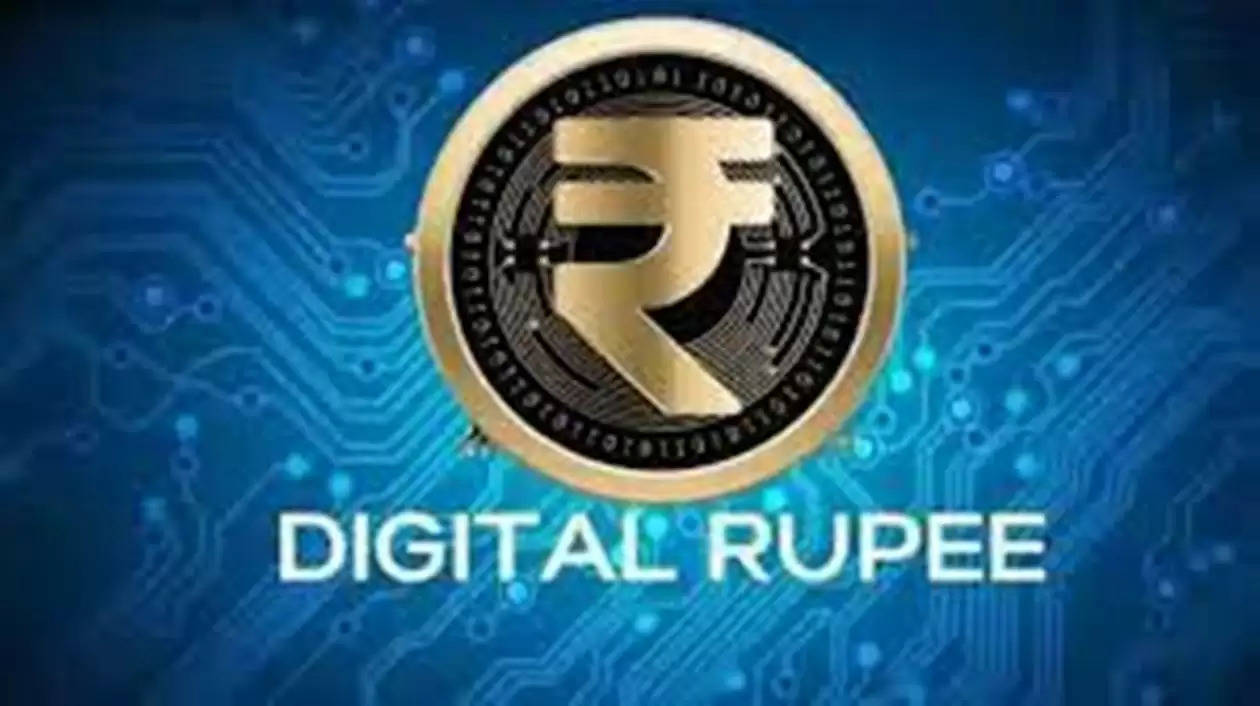Union Budget 2023: The Government is making Digital Rupee adoption more risk efficient
It is challenging to raise awareness and people's faith in this transformation as the digital payment space develops
India has made progress in the field of digital payments, but a sizable section of the population is still not using them. According to the World Bank's Global Findex study, 67 crore adults in India with bank accounts did not make any digital payments. According to the survey, India has 26 crore UPI users, which is a large figure but represents less than 20% of the country's population.
We can assume that these folks do not do business online and instead use cash. Citizens in the banked sector as well as Unbanked individuals make up this population. Government launched e-Rupee or e-INR, which is now being utilized by people, in response to the increasing development in the field of digital payments.
The introduction of the digital rupee was announced in the Union Budget 2022–23, and the Reserve Bank of India Act 1934 (RBI act) was amended by the Finance Act of 2022 to include digitally issued banknotes in the definition of banknotes.
The RBI published a concept note on Central Bank Digital Currency (CBDC) in October 2022 to outline the goals, dangers, and advantages of launching a CBDC in India. In order to test the Digital Rupee in the wholesale and retail markets, RBI also started pilot initiatives earlier. A start towards this inclusion may be observed in the retail digital rupee's present design, which has tokenized currency notes and wallet-based operations with a bank account. It provides a simple payment method for those who are familiar with dealing in different currencies.
Despite the fact that India is a varied nation, many forms of money payments may survive here. The problem is raising people's understanding and faith in new currency developments. RBI has chosen a two-tier distribution mechanism for the digital rupee, with intermediaries handling token distribution and the Central Bank merely managing wholesale payments.
The main goal in this situation is to make bank office channels, including branches, business correspondents, ATMs, and Digital Banking units, capable of accepting payments and receiving digital rupee in addition to cash.
To join us on Facebook Click Here and Subscribe to UdaipurTimes Broadcast channels on GoogleNews | Telegram | Signal



